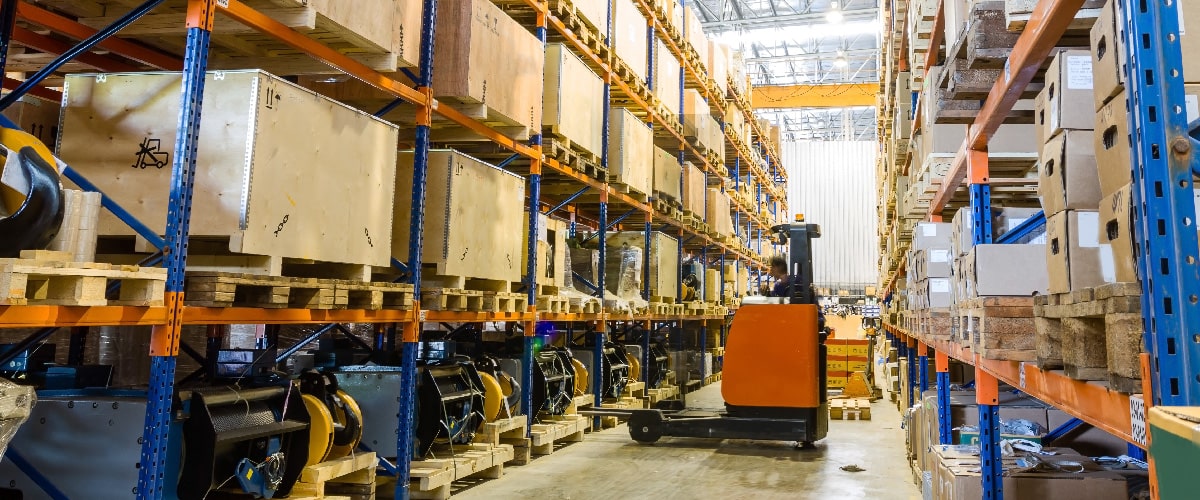 Web Content Viewer
Web Content Viewer
Kevin Beasley
Kevin Beasley
Chief Information Officer
Chief Information Officer
The Role of IoT in Enhancing ERP for Cold Storage Management
The Internet of Things (IoT) has become a driving force behind digital transformation across various industries, and its impact is particularly noticeable in cold storage management. IoT-enabled systems offer real-time environment monitoring, automation, and data collection, which significantly enhance the operational efficiency of cold storage facilities.
The Power of AI-Infused e-Commerce
For years, many businesses have struggled to grasp the benefits that Artificial Intelligence (AI) can provide. AI seemed too new and unproven to many of them, and at the time appeared more like technology that required a data scientist rather than a typical IT worker.
What are Some of the Cold Food Chains Biggest Threats, and Why?
Ransomware is considered a major danger to the cold food chain from a digital standpoint. Businesses find it more difficult to transport goods when computer systems are locked down, and waste is more likely. The Department of Homeland Security reports that in the first half of 2023 alone, ransomware criminals extorted at least $449.1 million.
There's a good chance that soon, cybersecurity risk may increase in scope. Several of the mid-market businesses that represent the backbone of the food supply chain are growing their digital footprints for several reasons, some of which are competitive and others of which are in response to regulatory mandates. This implies that the attack surface will increase.
How CIOs Can Best Manage Vendor Relationships
Maintaining open lines of communication, managing vendor relationships, and creating contracts are just a few of the duties that go into creating a vendor management process that, when done correctly, encourages business expansion and optimizes operations. All the activities and projects that support vendor relationships, provide dependable supply chains, and enhance production cycles are collectively referred to as vendor management.
Why WMS Automation and Employee Retention Go Hand in Hand
In an article I wrote for Forbes, I mentioned that many e-commerce businesses built new warehouses to meet demand during the pandemic. Once established, however, operators encountered a new challenge: labor scarcity, which 57% of supply chain executives believe has "hindered their ability to meet demand." That shortage persists and many logistics professionals are turning to warehouse automation technology to help retain employees they have and increase their productivity.
Security Concerns Have Risen, but When Done Right, Migrating to the Cloud Offers Multiple Benefits
While concerns have risen around cloud migration, the benefits far outweigh the challenges, and having a cloud strategy can enhance your security profile. In a recent article I published in Strategic CIO 360, I outlined the challenges and pluses of cloud migration, how to handle both, and why you need to make sure your provider is fully transparent about costs.
By using this site you agree to our Privacy Policy and our Terms of Use.
120 Comac Street
Ronkonkoma, NY 11779
Ronkonkoma, NY 11779






 | Vormittag Associates, Inc. ©2025 |
| Vormittag Associates, Inc. ©2025 |